Must-See Places in Hatay: Your Ultimate Travel Guide
One of the most important stops on the historical Silk Road, Hatay has been home to many civilisations in the past. This multicultural structure of Hatay is reflected in every aspect of life, from architecture to cuisine. Although many historical buildings were destroyed in the earthquake, many places in Hatay are still standing and waiting to be discovered.
Let's take a look at the places to visit in Hatay together👇
1. Kurtulus Street
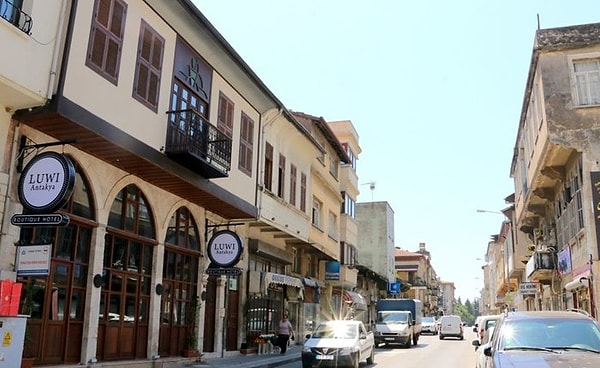
Kurtulus Street was once the beating heart of Antakya and one of the streets that best reflected its culture. It was the first street in the world to be illuminated, and after the earthquake, it is being revitalised to return to its former glory. If you would like to support the efforts of the people of Antakya, you can visit Kurtuluş Street and contribute by shopping in the open shops.
Source: Rehber326
2. Long Bazaar
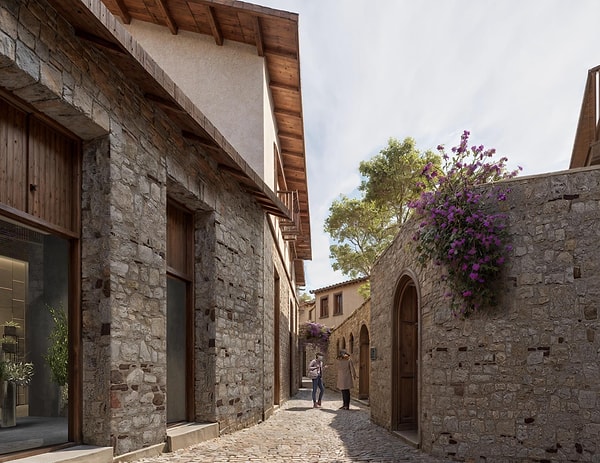
Despite the reconstruction of the Long Bazaar, which was severely damaged in the earthquake, the tradesmen of the bazaar did not stop their activities. In the prefabricated bazaar, Hatay's local flavours and traditional products continue to be brought together with visitors to the city.
Source: csb.gov.tr
3. Titus Tunnel

Titus Tunnel, located in the Samandağ district of Hatay, was built by the Roman Emperor Vespasian in the 1st century BC to change the direction of water against floods and floods. It is known by this name because its construction was completed during the reign of his son Titus. Titus Tunnel and the adjacent Beşikli Cave are a must-see for those who want to explore the mysterious structure of the underground.
Source: Türkiye Kültür Portalı
4. The carving of Kharon
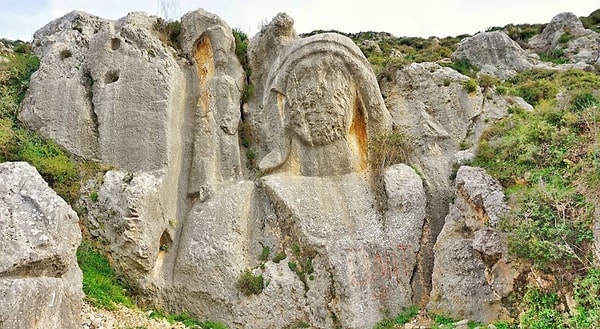
The carving of Kharon, the Hell Boatman, is an impressive work attributed to the Greek mythological figure who transported souls to the realm of the dead. Dating back to the 22nd century BC, this rock-carved portrait is located about 200 meters from St. Pierre Church.
According to legend, this relief was made to stop the plague epidemic of the time. It was left unfinished when the epidemic ended, but Kharon's face was completed. His face was engraved on the rocks in a way to see the whole of Antakya. It is a very impressive work both mythologically and historically.
Source: Arkeoloji Haber Sitesi
5. Habib-i Neccar Mosque
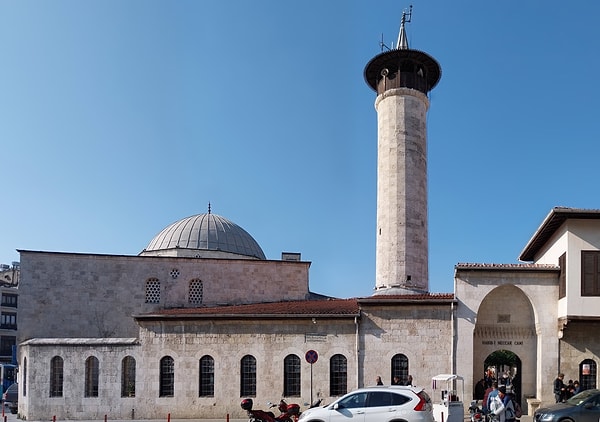
Habib-i Neccar Mosque is named after Habib-i Neccar, a carpenter who lived in Antakya in the 40s AD and died for his faith. This building, which is the first mosque in Anatolia, has changed hands between church and mosque many times throughout its history.
Converted into a church by Byzantium in 968, it was converted back into a mosque by the Seljuks in 1084. It took its current form with additions during the Ottoman period, and was transferred to the General Directorate of Foundations in 1940. It is an important symbol reflecting the interfaith transition of Antakya.
6. Necmi Asfuroğlu Archaeology Museum
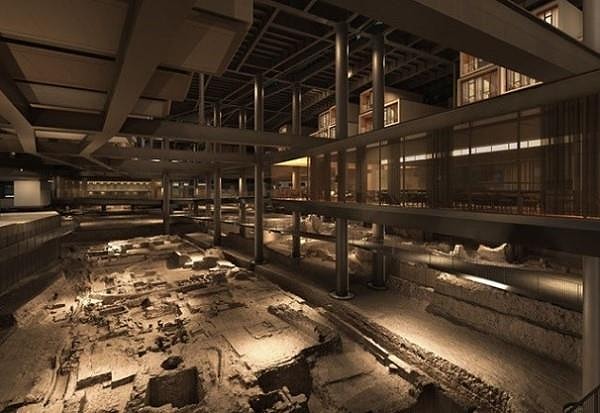
Necmi Asfuroğlu Archaeology Museum is one of the must-see places in Hatay. This impressive museum, home to the world's largest one-piece mosaic, was actually discovered during the construction of a hotel.
Apart from the 1050 square meter giant mosaic, many artefacts from the Hellenistic, Roman, Byzantine, Medieval and Islamic periods are also on display. The museum can be visited every day of the week between 08:30-17:00.
Source: kvmgm.ktb.gov.tr
7. St. Pierre Memorial Museum

St. Pierre Memorial Museum is known as the world's first cave church and sheds light on the first period of Christianity. Named after St. Peter, one of the apostles of Jesus Christ, this church is one of the places where Christianity began to spread in Antakya.
Inside, there is a statue of St. Peter, a water source considered sacred and a tunnel for emergency exit. On the floor are mosaics from the 4th and 5th centuries. Declared a place of pilgrimage by Pope Paul VI in 1963, the church can be visited every day of the week between 08:30-17:00.
Source: Turkish Museums
8. Harbiye Waterfalls
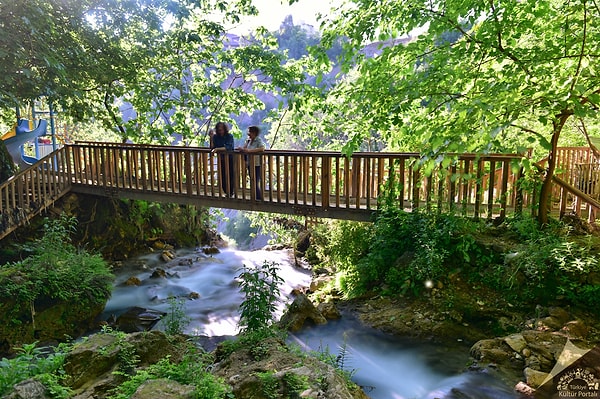
Harbiye Waterfalls, just 6 km from Antakya, is a wonderful place where you can be alone with nature. The water cascading through the lush green trees creates a peaceful view as it merges into the Asi River.
When you visit the region, you can take a walk on the wooden bridges, take photos at the observation terraces and enjoy a picnic at the promenade areas. It is one of the must-see places for those who want to meet nature in Hatay.
Source: Türkiye Kültür Portalı
9. Bakras Castle
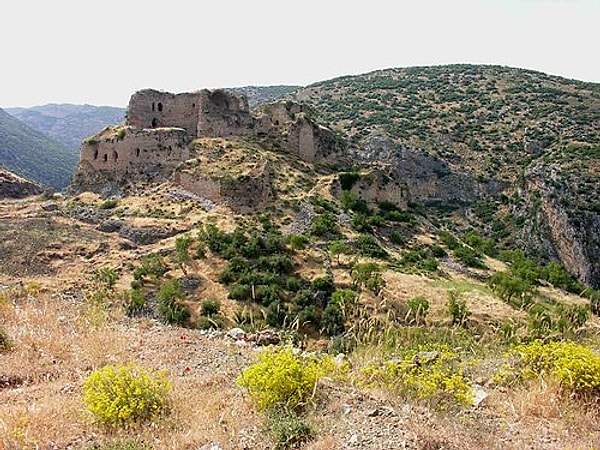
Bakras Castle is located at the foot of Kızıldağ in Örençay Village in the Belen district of Hatay. Built in the Hellenistic Period, this historical structure was also used by the Romans, Byzantines and Crusaders.
The castle, which was built to control and secure the Syrian-Egyptian highway, which was once an important trade route, attracts attention with its location as well as its history.
10. The Pool of the Virgin Mary

The Pool of the Virgin Mary is located among the pine trees in a lush green valley. According to legend, the Virgin Mary stopped here on her way from Jerusalem to Ephesus, and the water gushed out when she washed her face. For this reason, the water is believed to be healing.
Today, the Virgin Mary's Pool, which is frequented by those who want to take a walk in nature and have a picnic, welcomes many visitors throughout the year.
Source: Arsuz Belediyesi
11. The Mario Hanna Church

The Mario Hanna Church is known as one of the most important religious buildings in Hatay and is considered the meeting point of four major religions. It was built in 1514 by St. Hanna in the early years of Christianity.
Inside the church, there are clothes from the 1600s and very valuable two-print paintings and icons.
Source: Sultan Turizm
12. Arabin Lake Waterfall
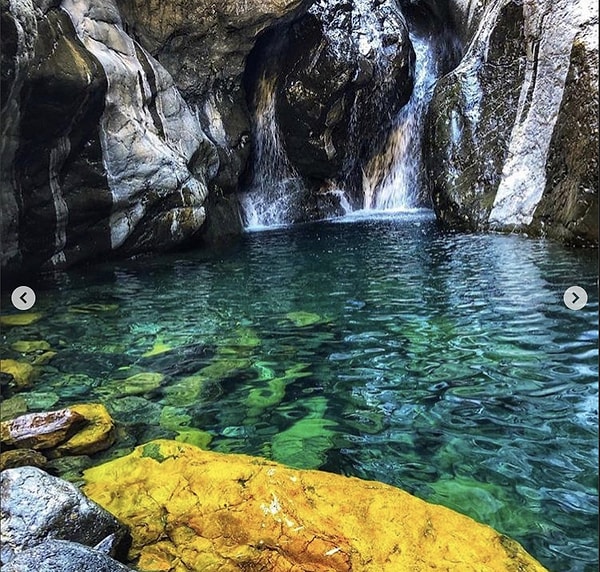
Arabin Lake Waterfall, one of the hidden paradises of Arsuz, is located 10 kilometres from the district centre. Flowing between pine trees and high rocks, this waterfall is one of the favourite destinations of nature lovers.
Here you can make lake and trekking tours and take magnificent nature photos.
13. Arsuz Lighthouse

Arsuz Lighthouse is located at the entrance of Iskenderun Bay and has guided sailors for many years. If you find lighthouses special and photogenic, you should see this place. The tower height of the lighthouse is 5 meters and the height from the sea is 109 meters.
Also, the Arsuz Lighthouse is the closest lighthouse to the Syrian border.
Source: EnUygun
14. Vakıflı Village

Vakıflı Village, Turkey's only Armenian village, is located in Hatay's Samandağ District. Although many houses were damaged in the earthquake, the inhabitants struggled to keep their traditions and the village alive. At the foot of Musa Mountain, overlooking the Mediterranean Sea, this village is very close to the Syrian border. If you want to explore the cultures and traditions of different civilisations more closely, Vakıflı Village offers a great alternative.
Keşfet ile ziyaret ettiğin tüm kategorileri tek akışta gör!

Send Comment